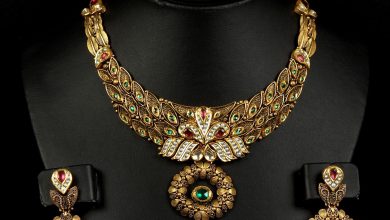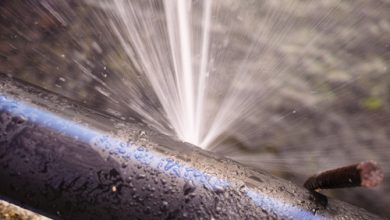Definition And Significance Of Prior Art Searching Information

The phrases Prior art consists of two words, which are the art of documentation, collection, and presentation, that are present in the earlier existing knowledge. So in simpler terms, the prior art is the art of collecting, presenting, and documenting information that is present before a specific time point. Prior art needs both artistic and scientific approaches to have a perfect meaning of the technical components of the competitive landscape research subjects. The artistic approach can identify the document, collect, and present the required information comprehensively and convincingly.
Different Types Of Prior Art Searching
All sorts of patent searches are the same where the searchers try to find all the documents about the discoveries in question. However, the approach and the ways to the searches are different from one another according to the objectives and aims of the searches. The search aim from various angles, and a new perspective is either technical or legal. From a technical perspective, the searches always make the invention more exclusive, efficient, non-obvious, novel, and useful. From the legal point of view, it makes sure that freedom to operate searches for services or products is in question. There are different types of patent searches that are as below.
- State Of The Art Search:- According to the name, this type of patent information searching carries out to access the current status of the sectors in that specific domain in which the intended patent belongs to. The search determines if there any particular space which the competitors have overlooked or determined how efficient and active the competitors are in this specific segment. It will also provide you with the information if numerous patenting activities are present in any particular area and if there is any scope present to get a license in that segment. State of the art search solves a specific problem to decide what the competition is for and similar other cases.
- Continuing Search:- Continuing search is a type of current awareness search for the patents that are currently issued. Usually, this kind of search keeps careful eyes on the activities of the competitors and helps to keep up with any patent activity in that specific interesting domain.
- Validity Search:- Most of the enormous organizations or companies undergo a patent validity search to decide if it is possible to cancel or invalidate other patents similar to yours. The searchers search for the issued publications or printed patents that will make the other issued patents too obvious. The Searchers will also look out for the public knowledge before the invention, fraud, technical errors, or anything that is the cause of the patent declared as invalid. In short, the inventor can carry out a validity search after the examiners have issued the patents to the specific inventor. A validity search is done by the inventor for infringing or potential infringement of the patent. The owner of the patent can also do it or third-party entities that include a financial stake to conform to the patent validity.
- Patentability Search:- A patentability search is the most common search type that is done by the search companies in the patent sector for deciding whether there is any invention within the patentable subject matter. You can carry out the patentability search before submitting a patent application while determining the Novelty, usefulness, non-obviousness of the discovery regarding any previously published articles, literature, or patents.
- Infringement Search:- Most of the inventors do the infringement search to determine if the proposed service or product might infringe on the unexpired patents. It is mainly concerned with the unexpired patent claims. Infringement search is a type of patent invalidity search that is one of the most efficient tools for avoiding any further infringement suit and is indispensable for the company that is trying to launch a service or product present in the market.
Read Also:-Benefits of TikTok application Brand Marketing
Tools And Sources For Executing Prior Art Search
For The US Publications Or Patents
- The inventors can do the patent search online. The USPTO offers some of the most famous online databases which he/she can access with no cost or fee.
- You should carry out the patent search with the phrases or keywords that best describe your discovery. Search for the more common terms that best describe the invention and its effect, function, end product, use, and structure. The result will enlist the number and title of the patents related to the specific key phrases. The title link will also take you to the full patent text.
- You can search the patents issued before 1976 by putting in the patent number in the search boxes. But this will not be possible if you do not know the exact patent number. In this way, you will be sure to study the referred patents which the inventor has tested.
- For an efficient result, the inventor can visit one out of 87% patent and the trademark depository libraries. Apart from this, you can carry out an appointment with one of the patent librarians for further assistance.
For The Search At PTDL
- The US patent classification index starts with the alphabetical subjecting index to the classification manual. Search for the related keywords, subclass, and note class numbers. Locate these numbers in the classification manual and the terms where there is a fall within the US patent. Search the entire schedule of the class, paying full attention to the dot indent. You can also reverse the search strategy as required.
- Read carefully the instructions for establishing the scope of the subclass or class related to the search. They include vital notes and suggestions for further searching notice.
Wrapping It Up
In the end, we can say that the prior art search is an indispensable and significant part of the patent granting process. You should not overlook the search, as it is dependent on which the examiners will grant the patent. Prior art is a type of document that can convince the researcher for the invention to be useful, novel, non-obvious, and unique.




